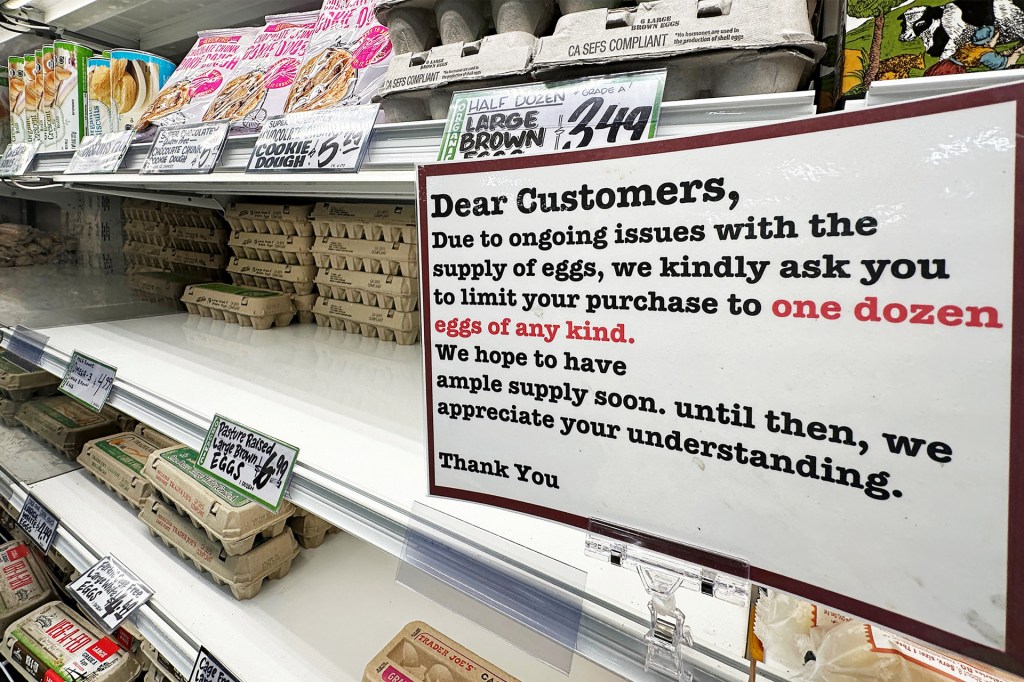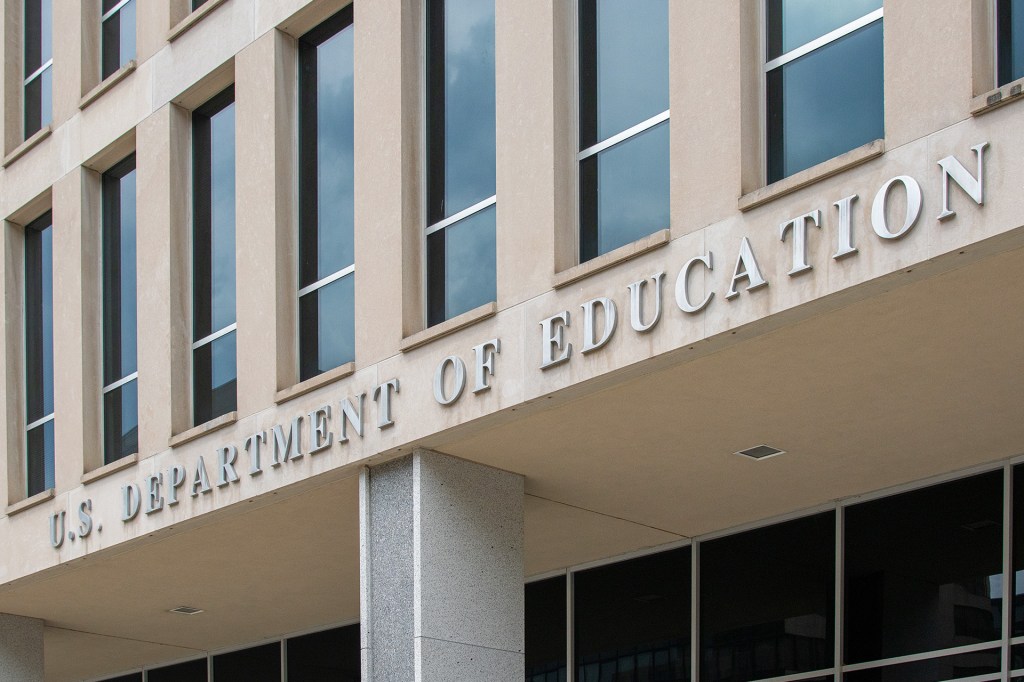Scrambling for Eggs

The United States is having an egg shortage. There aren’t enough eggs to go around. As a result, egg prices are projected to increase by 20% this year, the U.S. Department of Agriculture says. The shortage is tied to an outbreak of bird flu. The illness has affected millions of birds.
Bird flu spreads quickly among birds. These include chickens. Fewer chickens means fewer eggs for people and businesses to buy. This creates high demand, so eggs become more expensive. In January 2024, one dozen large, grade A eggs cost about $2.52. By December, that number was about $4.15. This data comes from the U.S. Bureau of Labor Statistics.
Businesses are responding. Waffle House announced a new surcharge: 50¢ more per egg. In a statement, a spokesperson said the restaurant chain “cannot predict how long this shortage will last.” Grocery stores are responding too. Some are limiting how many eggs shoppers are able to purchase.
Stop and Think!
WHAT details help readers understand the impact of the shortage? Why are details important in a news story?












